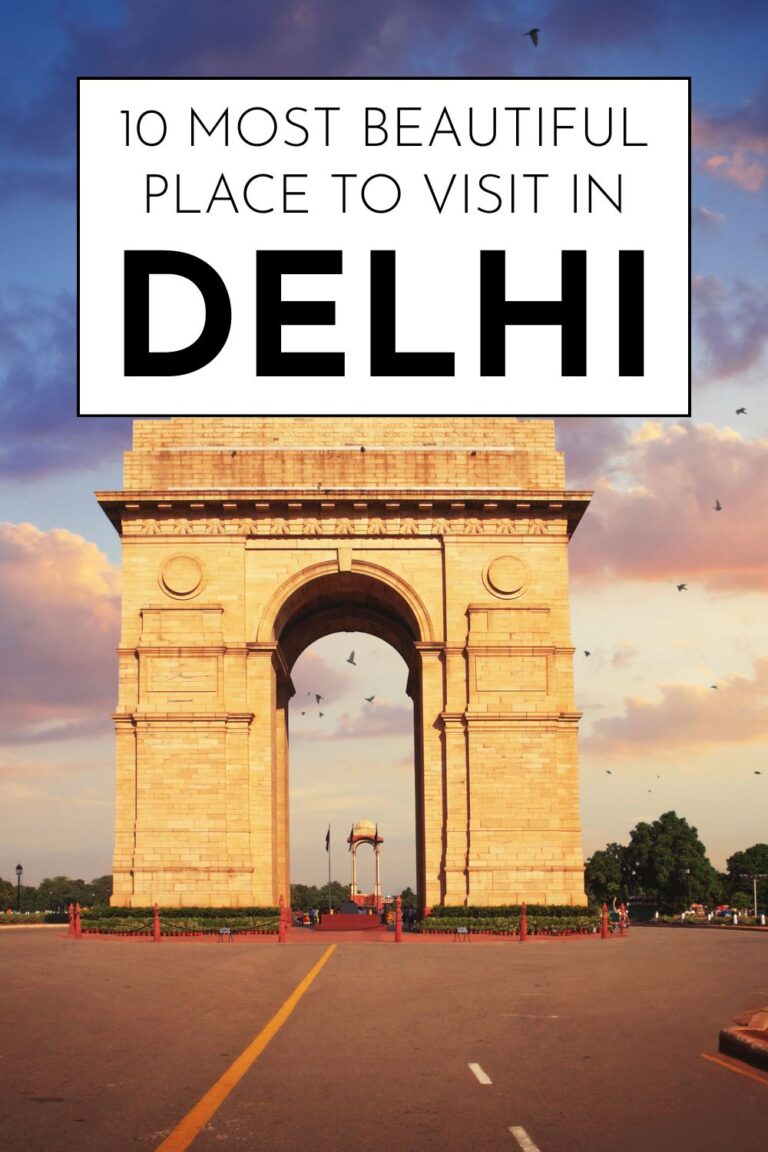Delhi, India’s vibrant capital, is a mesmerizing blend of ancient history and modern dynamism. This incredible city has served as the seat of power for numerous empires and continues to be the political heart of India today.
From magnificent Mughal monuments to bustling markets, from serene gardens to world-class museums, Delhi offers an unforgettable experience for every type of traveler. The National Capital Territory seamlessly weaves together over a thousand years of history with contemporary urban life.
Let’s explore the ten most spectacular destinations that showcase why Delhi remains one of the world’s most fascinating capital cities.
1. Red Fort (Lal Qila) – Symbol of Mughal Power
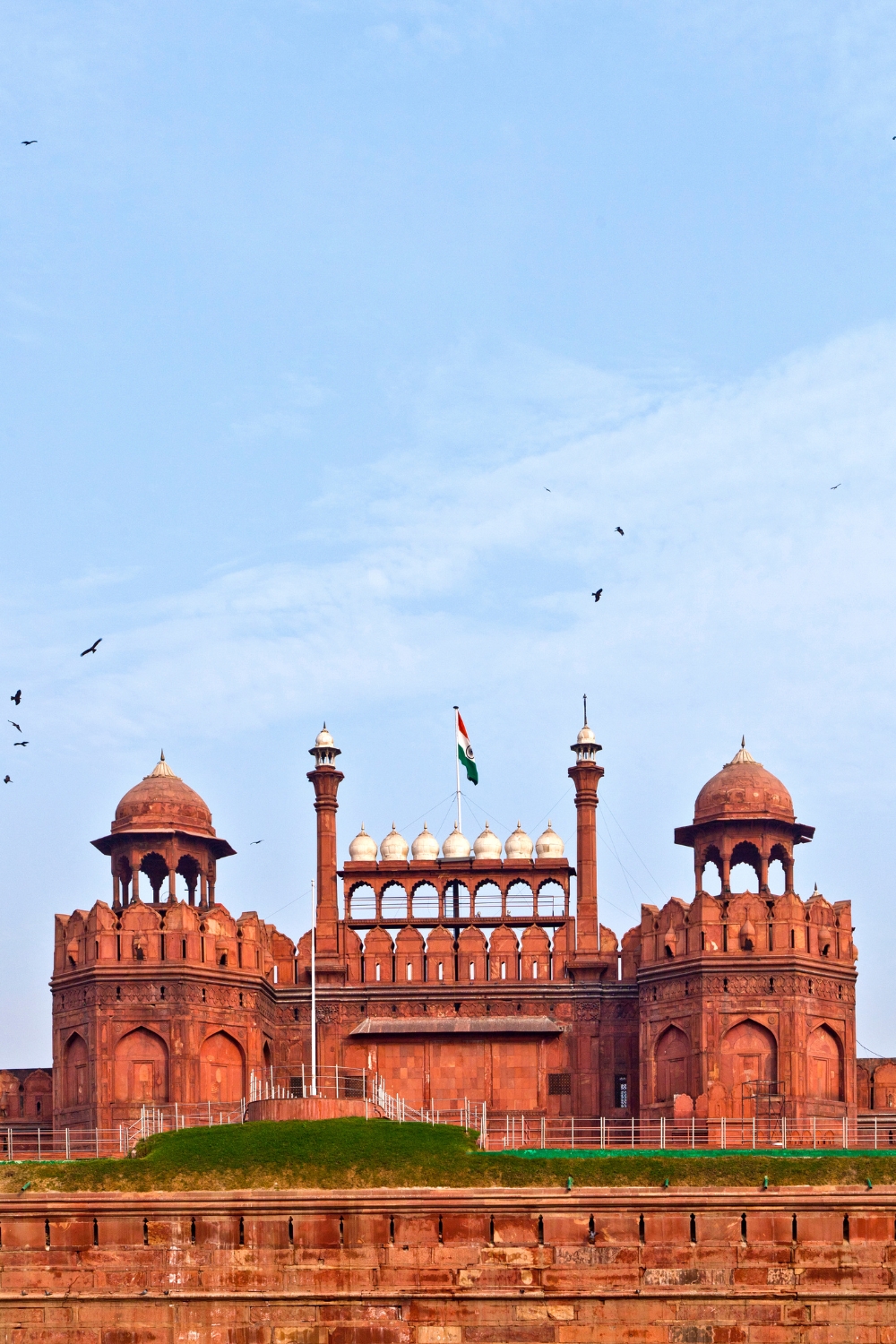
The Red Fort stands as Delhi’s most iconic landmark and a UNESCO World Heritage Site. This magnificent fortress served as the main residence of the Mughal emperors for nearly 200 years.
What Makes Red Fort Special
Built by Emperor Shah Jahan in the 17th century, the fort gets its name from the massive red sandstone walls that stretch for over 2 kilometers. The intricate architecture showcases the pinnacle of Mughal design, with beautiful gardens, ornate palaces, and detailed carvings throughout the complex.
The fort holds immense national significance as the Prime Minister delivers the Independence Day speech from its ramparts every August 15th. The evening sound and light show brings the fort’s rich history to life through stunning visual effects.
Best time to visit: October to March
Must-see sections: Diwan-i-Aam, Diwan-i-Khas, Rang Mahal, Museum of Independence
2. India Gate – Memorial to the Brave
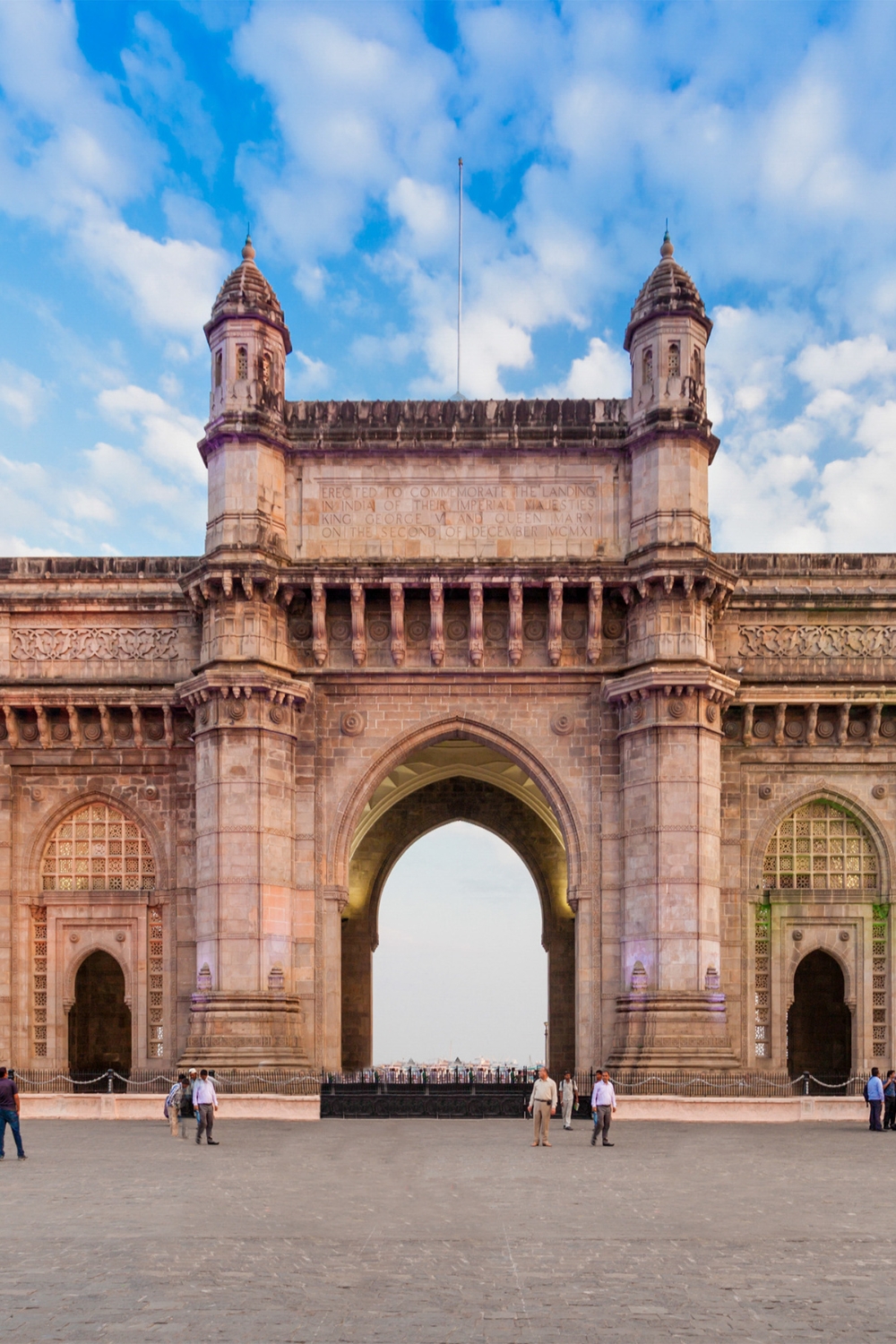
India Gate is Delhi’s most recognizable monument and serves as a poignant war memorial. This 42-meter high arch honors the 70,000 Indian soldiers who died fighting for the British Army during World War I.
Experiencing India Gate
The monument sits at the heart of New Delhi along the ceremonial Rajpath (now Kartavya Path). The surrounding lawns become a popular gathering spot for families, especially during evenings and weekends. Street vendors sell everything from ice cream to balloons, creating a festive atmosphere.
The Amar Jawan Jyoti (eternal flame) burns continuously beneath the arch to honor fallen soldiers. Recent additions include the National War Memorial, which pays tribute to soldiers who sacrificed their lives post-independence.
Best time to visit: Early morning or evening
Nearby attractions: Rashtrapati Bhavan, National War Memorial, boat rides at nearby ponds
3. Qutub Minar – Delhi’s Towering Marvel
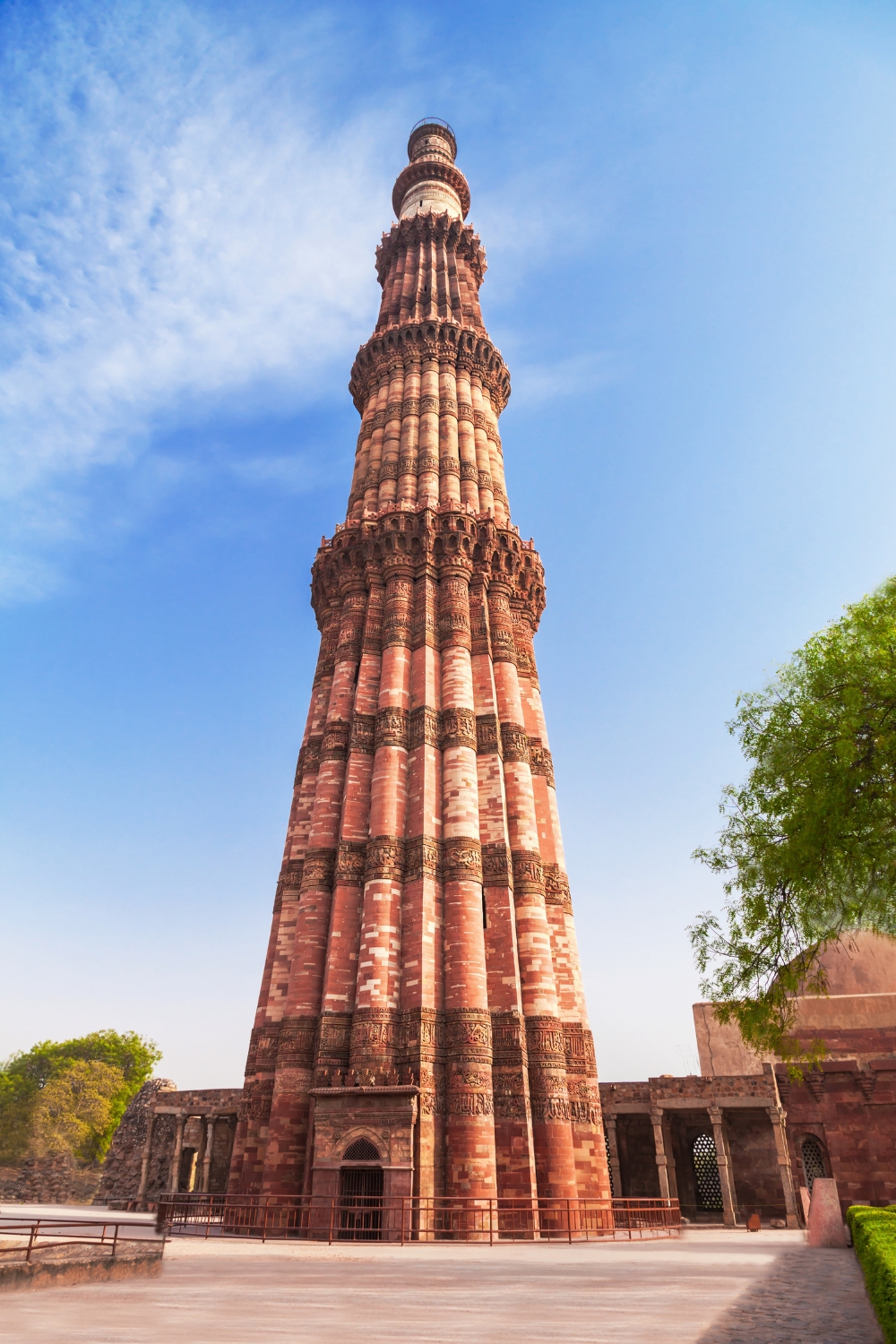
The Qutub Minar stands as the world’s tallest brick minaret and another UNESCO World Heritage Site. This 73-meter tower represents the beginning of Muslim rule in India and showcases exquisite Indo-Islamic architecture.
Architectural Wonder
Built in the 12th century by Qutub-ud-din Aibak, the minaret features five distinct stories, each marked by a projecting balcony. The tower’s intricate carvings display verses from the Quran and beautiful geometric patterns.
The surrounding Qutub complex houses several other historical structures, including the Quwwat-ul-Islam Mosque and the mysterious Iron Pillar, which has resisted corrosion for over 1,600 years.
Best time to visit: October to March
Complex highlights: Iron Pillar, Alai Darwaza, ruins of Alai Minar, archaeological museum
4. Humayun’s Tomb – Precursor to the Taj Mahal
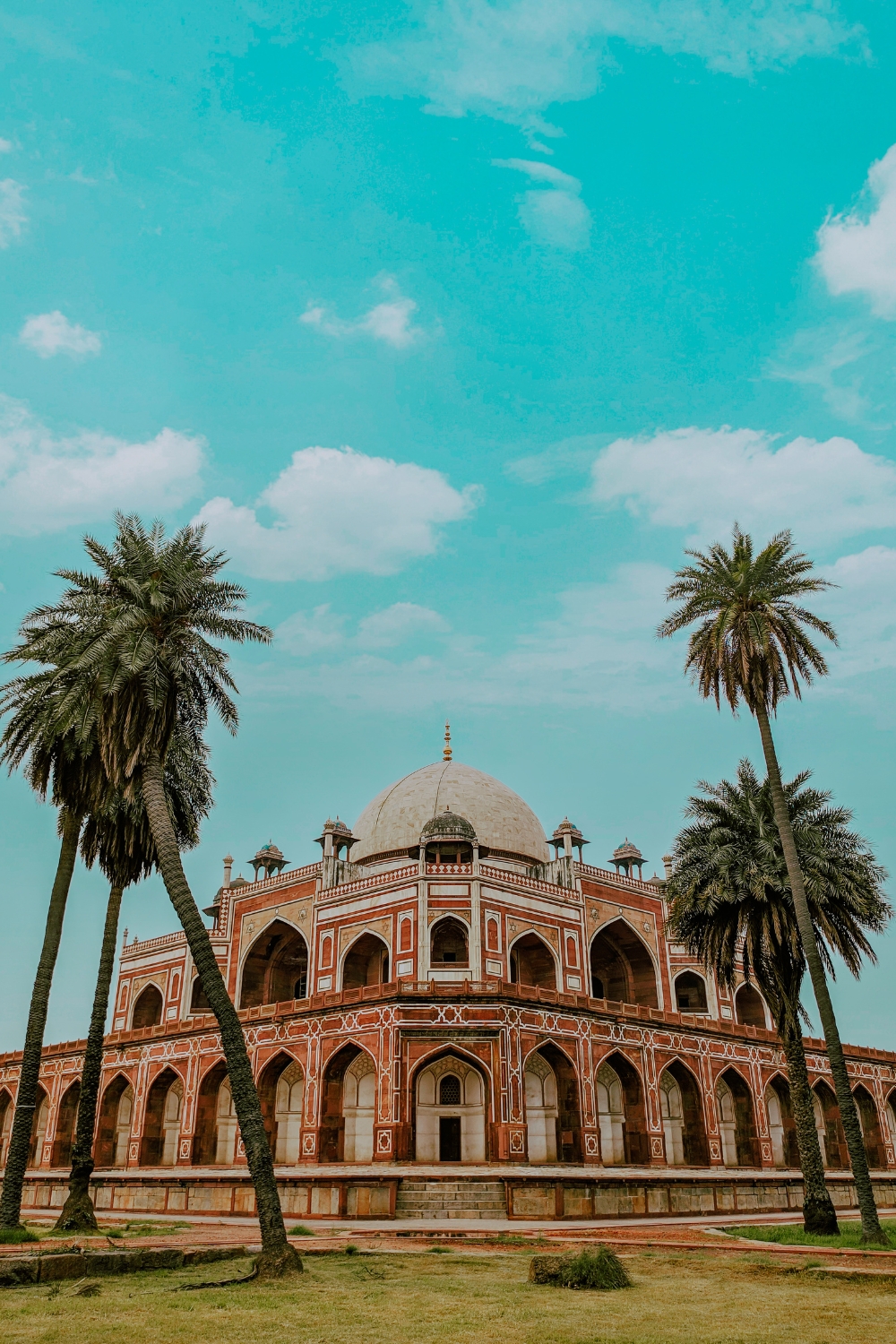
Humayun’s Tomb represents a turning point in Mughal architecture and directly inspired the design of the Taj Mahal. This UNESCO World Heritage Site showcases the perfect blend of Persian and Indian architectural styles.
Garden Paradise
Built in the 16th century by Humayun’s wife Bega Begum, the tomb sits in the center of a classic Persian charbagh (four-part garden). The red sandstone and white marble structure creates a stunning visual contrast against the manicured lawns and fountains.
The complex houses several other tombs, including those of other Mughal royalty. The recent restoration work has brought back the garden’s original splendor, making it one of Delhi’s most peaceful spots.
Best time to visit: Early morning or late afternoon
Photography tips: Golden hour lighting enhances the red sandstone, garden reflections create beautiful compositions
5. Lotus Temple – Modern Architectural Marvel
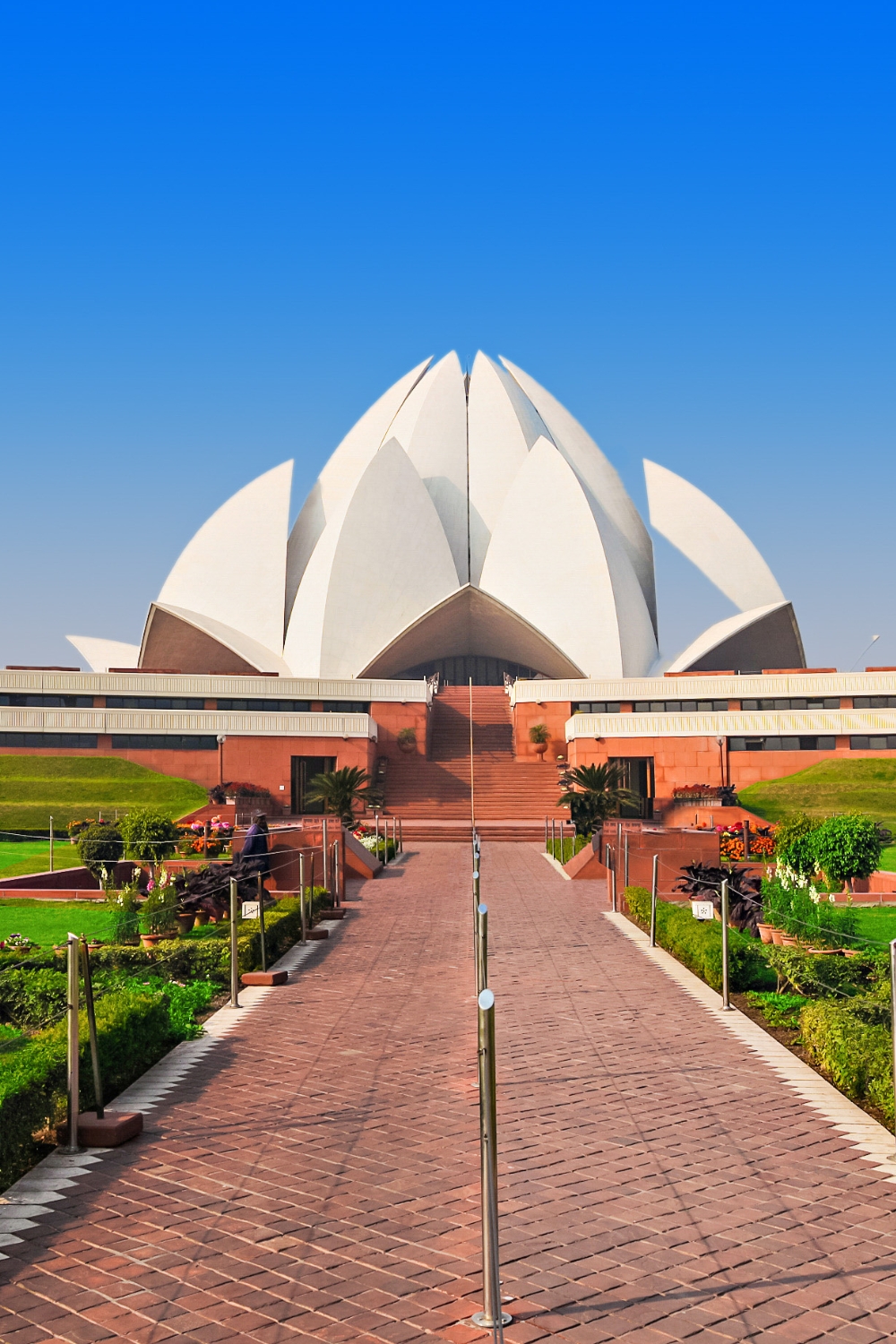
The Lotus Temple stands as one of Delhi’s most unique religious structures and a symbol of unity among all faiths. This Bahá’í House of Worship welcomes people from all religions for meditation and prayer.
Peaceful Sanctuary
Completed in 1986, the temple’s lotus-inspired design features 27 free-standing marble petals arranged in clusters. The structure uses no support beams, creating an airy, spacious interior that can accommodate 2,500 people.
The temple promotes the Bahá’í principle of unity of all religions. Visitors must maintain silence inside, creating an atmosphere of profound peace. The surrounding gardens feature fountains and walkways that enhance the meditative experience.
Best time to visit: Early morning or evening
Visitor guidelines: Silence must be maintained inside, no shoes allowed, photography restricted indoors
6. Chandni Chowk – Delhi’s Historic Market
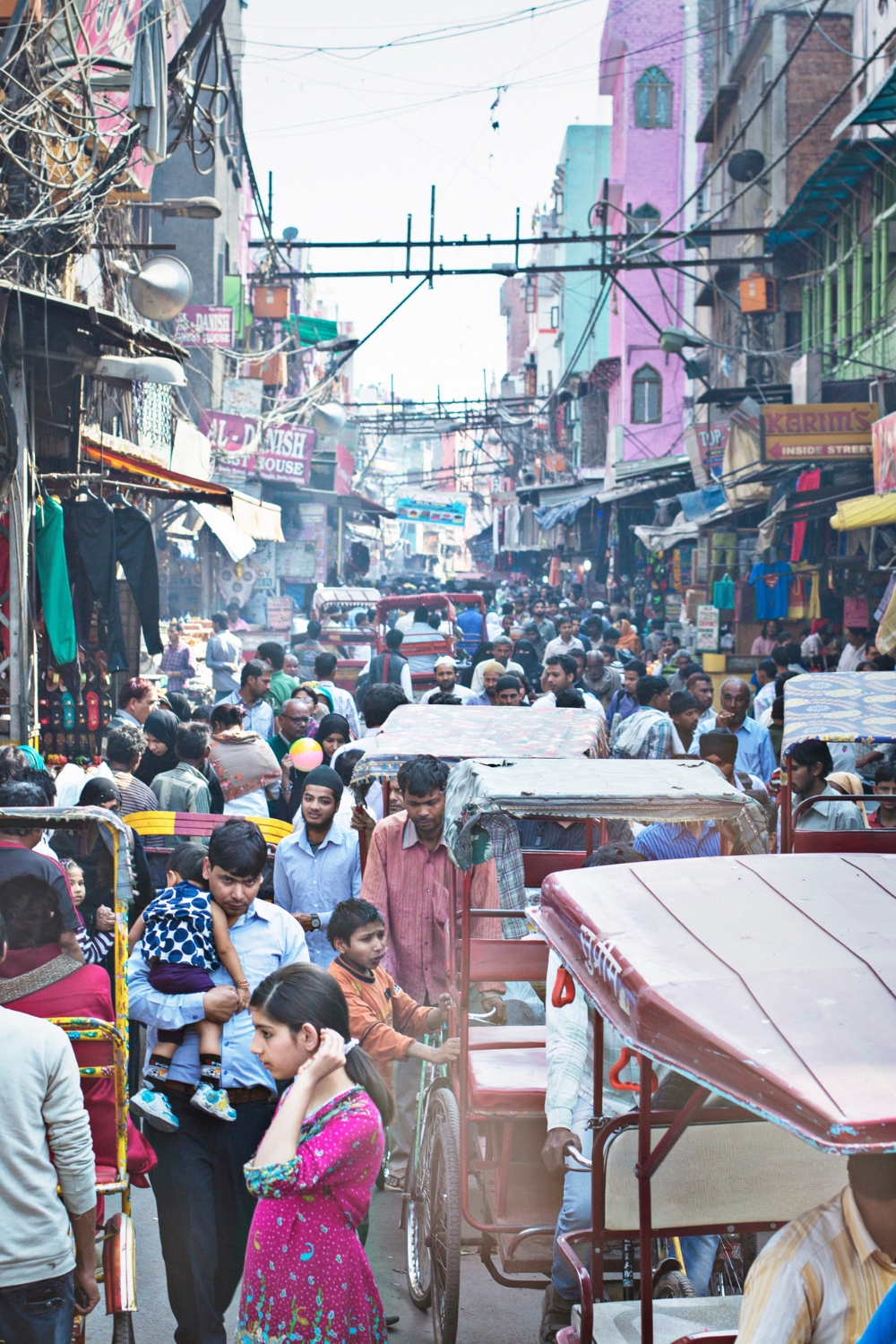
Chandni Chowk represents Old Delhi at its most authentic and chaotic. This 400-year-old market area offers an assault on the senses with its narrow lanes, bustling crowds, and incredible street food.
Shopping and Culinary Adventure
Originally designed by Shah Jahan’s daughter, Chandni Chowk remains one of India’s largest wholesale markets. The main street and its branching lanes sell everything from spices and textiles to jewelry and electronics.
The area is famous for its incredible street food scene. Try paranthas at Paranthe Wali Gali, sample jalebis at Old Famous Jalebi Wala, or enjoy chaat at numerous roadside stalls. The nearby Jama Masjid adds to the area’s historical significance.
Best time to visit: Morning hours (less crowded)
Must-try foods: Paranthas, jalebis, chaat, kulfi, rabri faluda
Shopping highlights: Spice market, textile lanes, silver jewelry
7. Lodhi Gardens – Green Oasis in the City
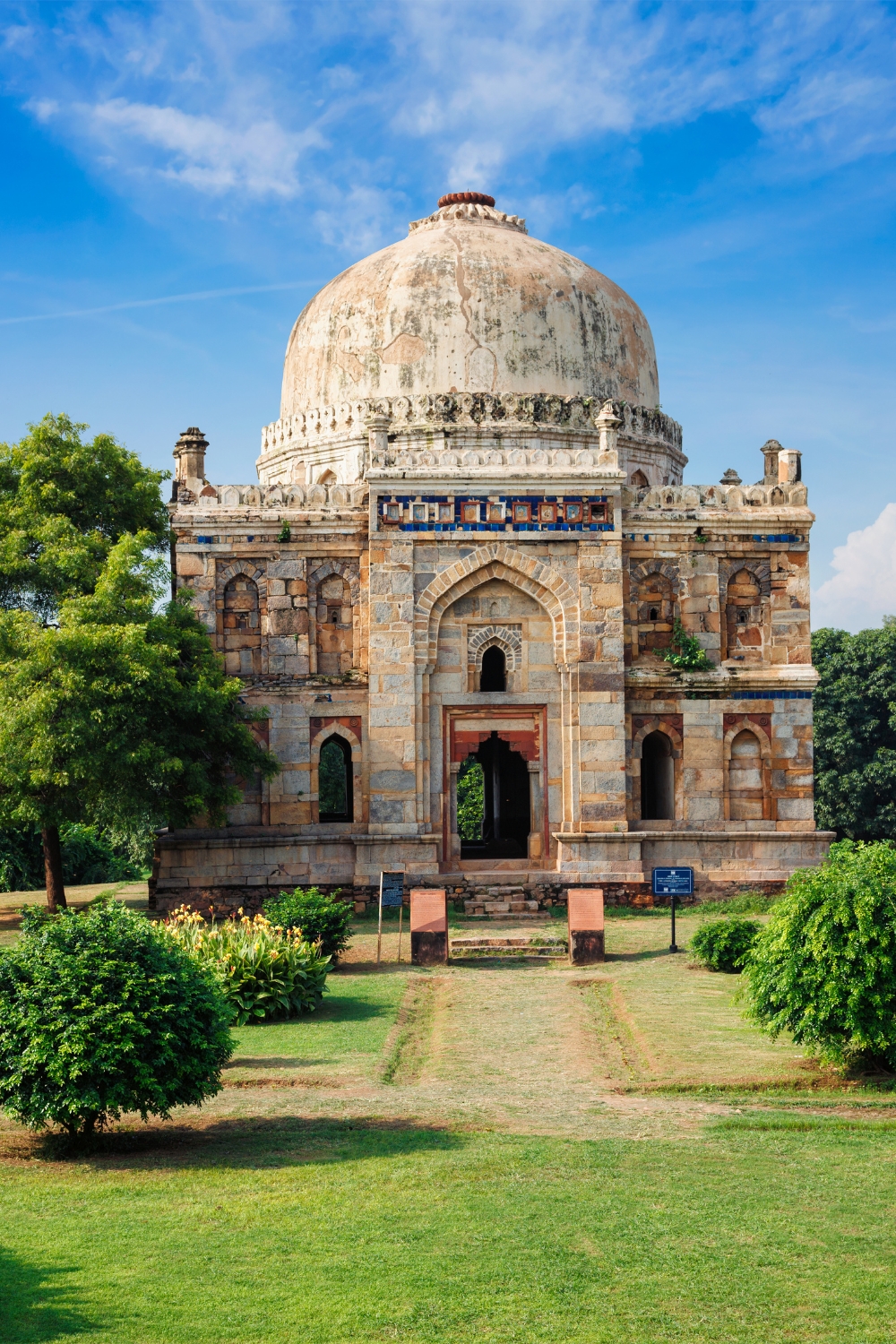
Lodhi Gardens provides a peaceful escape from Delhi’s urban chaos. This 90-acre park combines beautiful landscaping with significant historical monuments from the 15th and 16th centuries.
Heritage Meets Nature
The gardens house tombs of Sayyid and Lodi dynasty rulers, including the impressive tomb of Muhammad Shah. These structures showcase pre-Mughal Islamic architecture with their distinctive Afghan-style designs.
The park features over 100 varieties of trees, rose gardens, and well-maintained walking paths. Early morning brings joggers, yoga enthusiasts, and bird watchers. The gardens also host cultural events and exhibitions throughout the year.
Best time to visit: Early morning or evening
Activities: Jogging, photography, bird watching, historical exploration
Seasonal highlights: Rose blooms (winter months), migratory birds (October-March)
8. Akshardham Temple – Spiritual and Cultural Experience
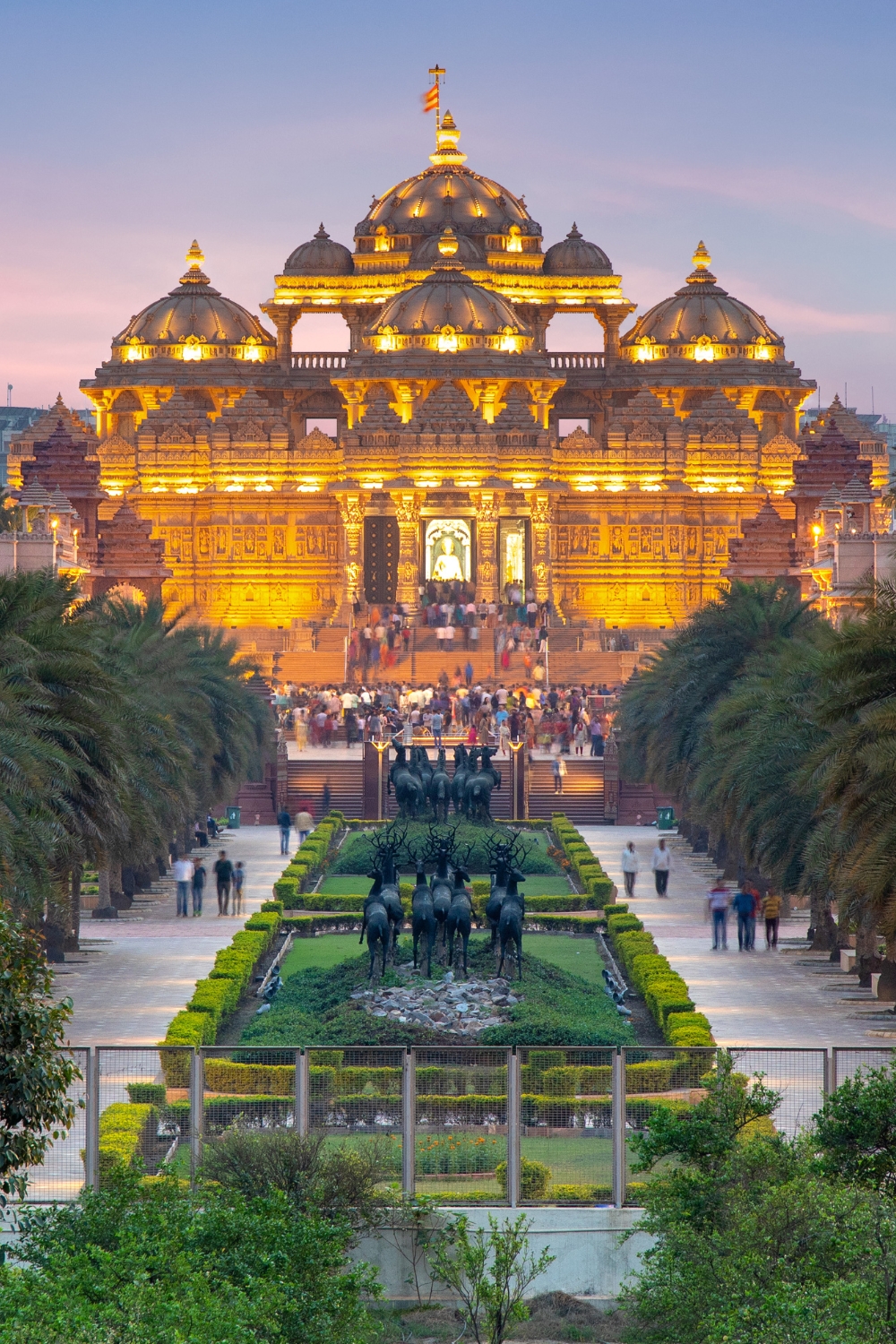
Akshardham represents modern temple architecture at its finest. This relatively new complex (opened in 2005) showcases 10,000 years of Indian culture through stunning architecture and immersive exhibitions.
Cultural Immersion
The main temple, built without steel, features intricate stone carvings depicting Indian deities, flora, and fauna. Over 20,000 sculptors and volunteers worked for five years to complete this masterpiece using traditional construction techniques.
The complex includes several attractions: a boat ride through Indian history, an IMAX theater showing the temple’s construction, and the spectacular Musical Fountain show that combines water, light, and sound.
Best time to visit: Afternoon to evening (for fountain show)
Entry requirements: No electronic items allowed, free entry to temple
Must-see attractions: Boat ride, fountain show, main temple architecture
9. Raj Ghat – Gandhi’s Memorial
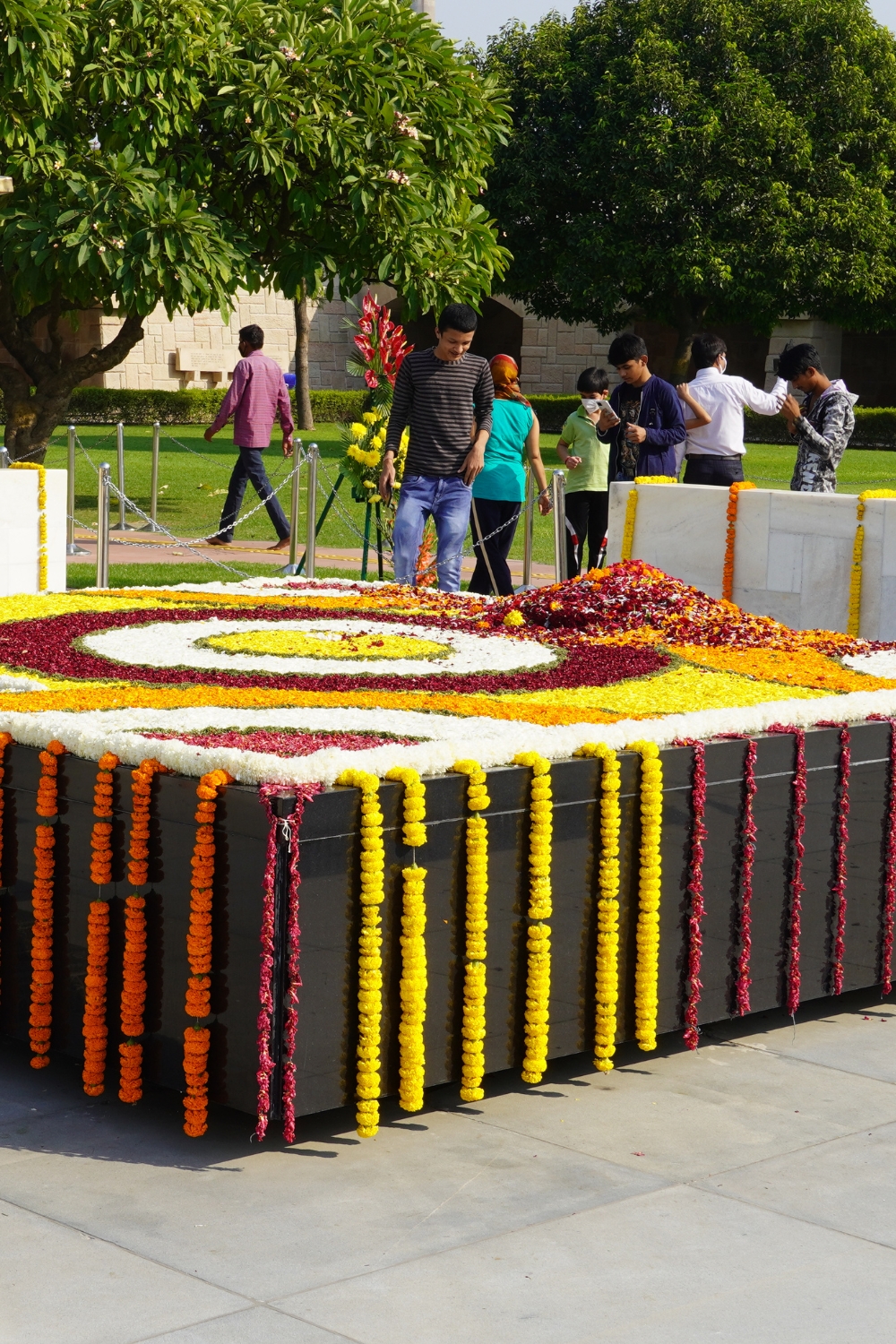
Raj Ghat serves as a simple yet powerful memorial to Mahatma Gandhi, the Father of the Nation. This black marble platform marks the spot where Gandhi was cremated in 1948.
Place of Reflection
The memorial’s simplicity reflects Gandhi’s own philosophy of minimalism. An eternal flame burns at one end of the platform, and the last words attributed to Gandhi, “Hey Ram,” are inscribed in Hindi.
The surrounding park features trees planted by various world leaders and dignitaries who have visited the memorial. Museums nearby display Gandhi’s personal belongings and document his life and philosophy.
Best time to visit: Early morning (peaceful atmosphere)
Nearby attractions: Gandhi National Museum, other memorials for Indian leaders
Visitor etiquette: Remove shoes before approaching the memorial, maintain silence
10. Rashtrapati Bhavan – Presidential Palace
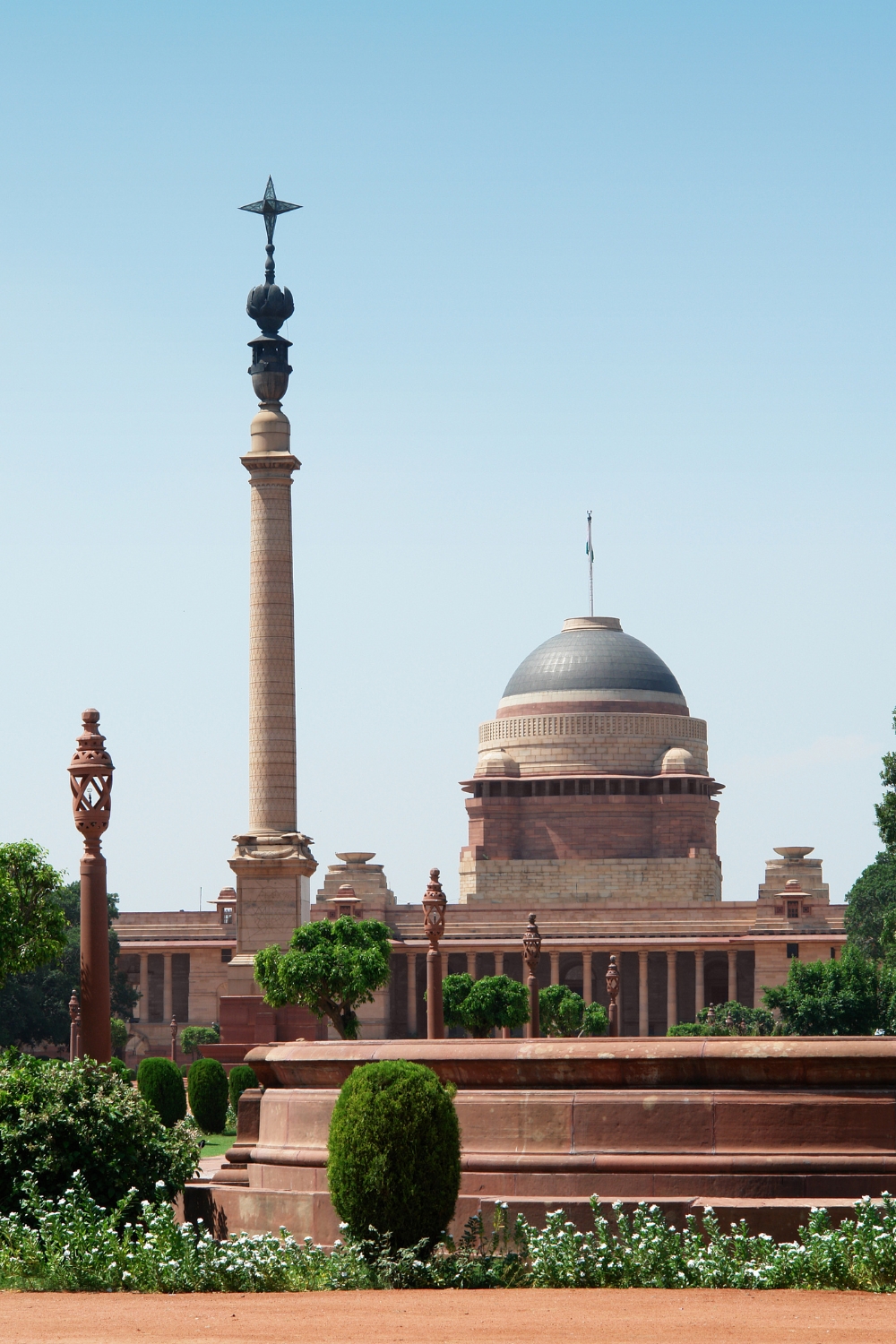
Rashtrapati Bhavan stands as one of the world’s largest presidential residences and a masterpiece of British colonial architecture. This magnificent building serves as the official residence of the President of India.
Architectural Grandeur
Designed by Sir Edwin Lutyens and completed in 1929, the building covers 5 acres and contains 340 rooms. The architecture blends European and Indian elements, with the central dome inspired by Buddhist stupas.
The Mughal Gardens (now called Amrit Udyan) open to the public during specific months, featuring beautiful flower beds, fountains, and manicured lawns. The gardens showcase both Mughal and English landscaping styles.
Best time to visit: February-March (when gardens are open)
Tour options: Guided tours of the building (advance booking required)
Garden highlights: Rose garden, herbal garden, musical garden, spiritual garden
Getting Around Delhi
Transportation Options
Delhi offers excellent connectivity through its modern metro system, which covers most major attractions efficiently and affordably. Auto-rickshaws and cycle-rickshaws provide authentic local experiences for shorter distances. App-based taxis offer comfortable options for longer journeys.
Best Time to Visit Delhi
The ideal time to explore Delhi is from October to March when temperatures are pleasant and rainfall is minimal. Summer months (April-June) can be extremely hot, while monsoons (July-September) bring heavy rains but also cooler temperatures.
Cultural Experiences You Shouldn’t Miss
While visiting these attractions, immerse yourself in Delhi’s rich cultural tapestry. Attend a classical music concert at the Red Fort, watch a traditional dance performance, participate in a cooking class to learn Mughlai cuisine, or time your visit with festivals like Diwali or Holi for an authentic cultural experience.
Conclusion
Delhi stands as a testament to India’s incredible journey through time, where ancient monuments coexist with modern marvels. From the majestic Red Fort to the serene Lotus Temple, from the bustling lanes of Chandni Chowk to the peaceful Lodhi Gardens, each destination tells a unique story of this remarkable city.
These ten must-visit places represent just the beginning of what Delhi has to offer. The city’s rich history, diverse architecture, delicious cuisine, and warm hospitality create an unforgettable experience that will leave you planning your return visit.
Whether you’re interested in history, architecture, spirituality, or simply soaking in the vibrant urban culture, Delhi provides countless opportunities for discovery and wonder.
Start planning your Delhi adventure today, and prepare to be amazed by this incredible city where every corner holds a new story waiting to be discovered.
